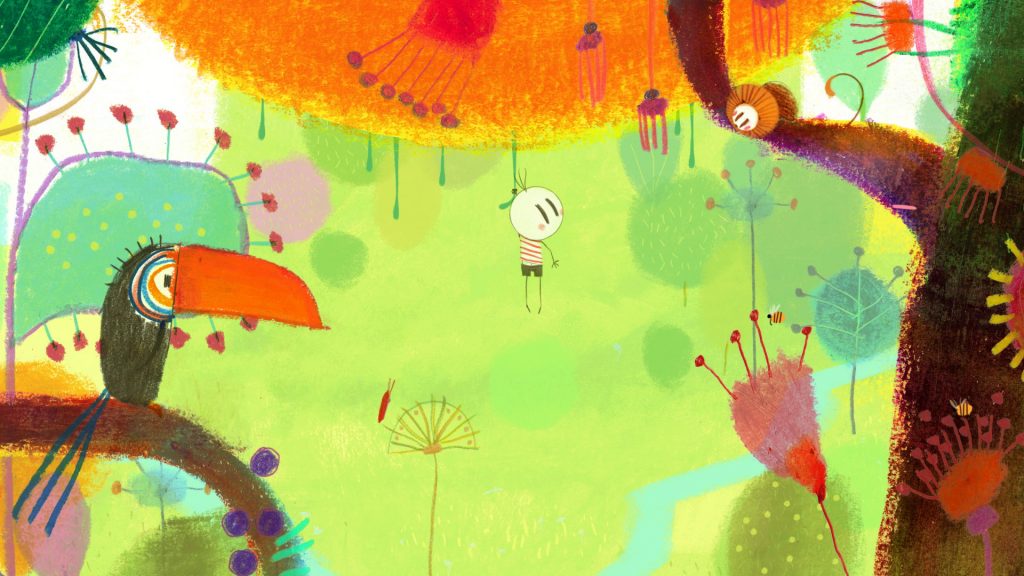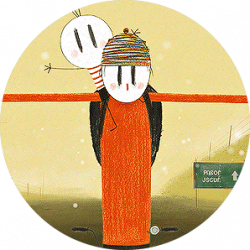Challenge 10 (Part 1): Phonemes & Performance (Lip Syncing & Facial Animation)
Part 01: Find audio clip
I have chosen a line from the animated film The Lion King as a reference. Here is the audio
Next, I performed and recorded the performance according to the audio. This part was a bit difficult for me because I don’t know how to act, and when I looked at the video I could see that I was acting very unnaturally and the rhythm of my speech didn’t match the audio.
Here is the Jaw animation
Only after I spent a lot of time adding details about the heads to match the audio. I also added a bit of breathing, although it doesn’t look that obvious
Finally, I added some body movements to make the animation look more interesting.
But I think there were still some problems with the rhythm of the speaking, which didn’t seem as natural. I’ll spend some more time practising animating the mouth next, fighting!


